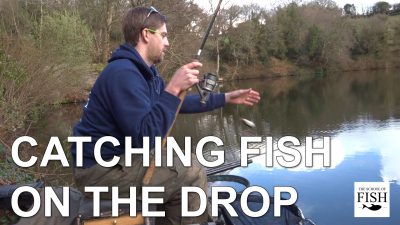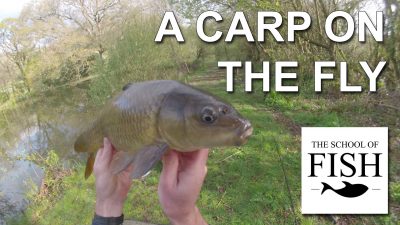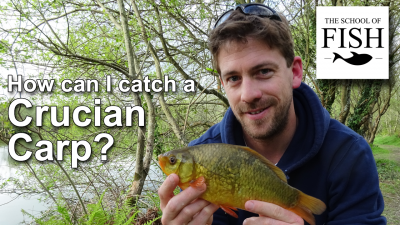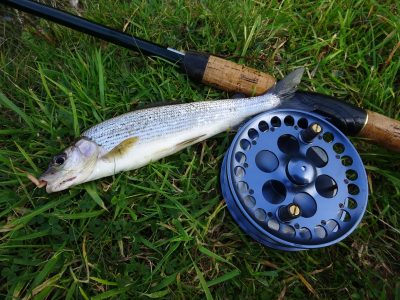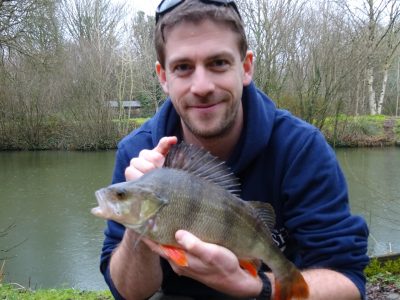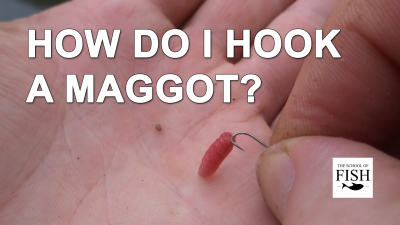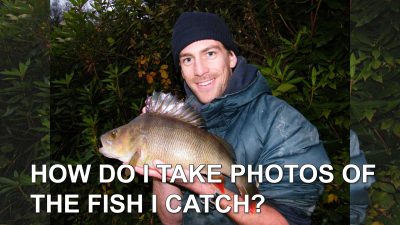Catching fish “On the Drop” simply means, the fish are taking the bait as it drops through the water. It’s a great way of catching fish that feed near the surface like Rudd and in the summer months, Carp. The key to catching fish on the drop is how you feed. The approach “little and often” is required. Imagine the scene underwater. Throw in one maggot and as that maggot falls through the water if we’re lucky it will get taken by a fish. The fish in the immediate area may also pause and start searching for the food source. throw in another maggot and those few fish will take the bait and draw the attention of more fish in the area. To get to the food source first those fish will now need to compete and to win they will need to swim higher in the water to intercept the bait. Keep this going and very quickly you can draw a large shoal of fish to the surface. If you were to throw all of your maggots in one pile into the lake they would sink to the bottom and that element of compeition and surface feeding wouldn’t be created.
How do I catch fish “On the Drop”?
To catch on the drop successfully you need to;
- Float fish with a waggler float. Put all the shot around the base of the float.
- Set the depth to around 2-3ft
- Feed around 6 maggots every 60 seconds. Be accurate and get into a rythum.
- You should aim to Cast, Feed, Strike, Land the fish, every time.
Lessons
Join The School Of Fish for a lesson and we will look at how to feed fish so you catch all day long.
